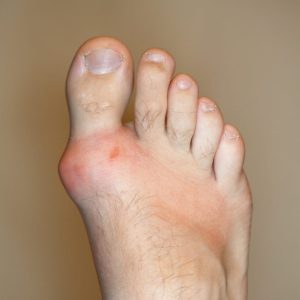Before seeking for medical treatment on your back pain issues, it is good to understand and define the types of back pain you are experiencing so as to find the right treatment or ways to control your condition.
Here are the types of back pain that has been separated into 3 catergories:
1) Acute pain
One of the most common type of back pain is acute pain. Such acute pains are usually related to tissue damage and can potentially last for about 3 to 6 months. You are likely to experience a cutting sensation on your back or needle pricking sensation while suffering acute back pains.
As the condition gets worst, the pain can be as bad as touching your skin on a hot stove or iron. The sensation occurs in a fast, immediate, intense manner, which will cause a withdrawal syndrome at the area that was in pain.
Another acute pain sensation would feel like as if a hammer was smashing on one’s finger. Such sensation gives you the immediate pain and withdrawal syndrome.
The last acute pain will give you a sensation that is similar to Labor pains.
2) Chronic pain
There are at least two different types of chronic pain problems for back pain issues as follow:
Chronic pain due to an identifiable pain generator
This type of chronic pain is due to a clearly diagnosed and identified. Certain structural spine conditions may cause pain for a long term until it is medically treated. These conditions are due to a diagnosable anatomical problem.
If the pain has yet to subside after a few weeks or months of conservative non-operative treatments, then spine surgery may need to be one of your treatment options.
Chronic pain with no identifiable pain generator
This type of pain continues beyond the point of tissue healing and usually, unidentifiable.
Such chronic pain in the nervous system may send pain signals even when there isn’t any continuous tissue damage.
Chronic pain is generally used to describe pain that is ongoing for around three to six months, or tissues have reached a point that they are unable to heal. Chronic pain is usually identified as back pains without an obvious cause or reason. Failed back surgery and fibromyalgia could also be one of the chronic pain.
Chronic pain is influenced by depression and anxiety, and even the thoughts of one when it comes to pain. Lack of exercises and ongoing pain signal input to the nervous system could also affect a person even without tissue damage.
3) Neuropathic pain
Neuropathic pain usually shown symptoms that are not related to the condition or injury of one. This type of neuropathic pain causes nerves to send pain signals to the brain even when there is no ongoing tissue damage.Neuropathic pain is unlike pain that is caused by an underlying injury. Usually when one does not fully understand the condition of neuropathic pain, they believe that injury to the sensory or motor nerves in the peripheral nervous system can potentially cause neuropathy.
Neuropathic pain has a hint of musculoskeletal nature and a combination of the usual pain sensation as mentioned above.However, Neuropathic pain feels different compared to usual musculoskeletal pain and is often described as severe, sharp, piercing, stabbing, burning, cold, and numbness, tingling or weakness. This sensation will travel along the nerve path from the spine down to the arms and hands or legs and feet. It’s important to understand the symptoms of neuropathic pain so that you will seek the correct treatment.









